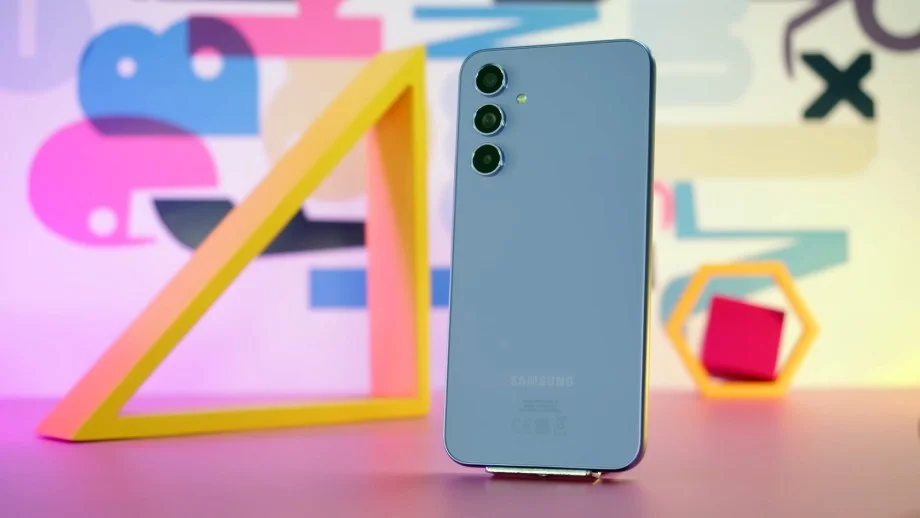The Samsung A54 Alternatives: Motorola Edge 40, OPPO Reno7 and Nokia XR21, represent solid alternatives to the Samsung Galaxy A54.

Samsung Galaxy A54 has become one of the most outstanding mid-range options. Its combination of solid performance, high-quality screen, and versatile camera makes this phone an attractive option for those looking for a balance between price and characteristics.
Top 3 Mid-Range Samsung A54 Alternatives
However, the mobile phone market offers an incredible range of devices with features that are often overlooked.
In this context, we will present three outstanding options if you want to avoid buying the Galaxy A54. These devices are the Motorola Edge 40, OPPO Reno 7, and Nokia XR21. They are three devices with features that will not disappoint anyone, as they have up to 8GB of RAM and high-performance processors.
Motorola Edge 40
The Motorola Edge 40 stands out for its 6.55-inch curved P-OLED display with Full HD+ resolution, which provides an impressive visual experience in terms of brightness and sharpness. Inside, we find the powerful Dimensity 8020 processor, 8 GB of RAM, and 256 GB of storage, guaranteeing exceptional performance.

Although its main camera is not that powerful, this device still offers outstanding results with its two-lens configuration (50 MP + 13 MP). In addition, it includes a 4400 mAh battery with 68W fast charging and water resistance. Priced at $9,999, the Motorola Edge 40 is a competitive mid-range option.
OPPO Reno7
The OPPO Reno7 is one of the most balanced options regarding performance and accessibility. This device offers solid performance with 8GB of RAM, 256GB of storage, and an octa-core Qualcomm Snapdragon 680 processor.

The 6.7-inch AMOLED display with Full HD+ resolution and a 90Hz refresh rate ensures a fluid viewing experience. The 4,500 mAh battery with 33W fast charging ensures continuous daily use. And at 540 dollar+, the OPPO Reno7 is an affordable option that does not compromise on performance.
OPPO Reno7
Nokia XR21

Its screen offers us a 6.49-inch panel with Full HD+ resolution and a 120Hz refresh rate. This device offers solid performance, equipped with the Snapdragon 695 5G processor and 6GB of RAM. With a competitive price and a 4800 mAh battery with 33W fast charging, the Nokia XR21 is an attractive option for those who value durability and performance.
A long story
Samsung is one of the world’s largest and most recognized companies today, but its beginnings date back to the 1930s in South Korea. Below are some key points from Samsung’s beginnings:
- Founding: Samsung was founded on March 1, 1938, by Lee Byung-chul in Daegu, South Korea. Initially, it was a small trading company selling groceries, dry goods, fish, noodles, and other essential items.
- Expansion in Various Industries: Throughout the 1940s and 1950s, Samsung diversified its business activities in various sectors, such as food, textiles, insurance, and retail. The company also established a subsidiary, Samsung Trading Corporation, which was responsible for exporting products to different international markets.
- Entry into the Electronics and Technology Industry: In the late 1960s, Samsung entered the electronics and technology industry. It began manufacturing televisions in 1969 and electronic calculators in 1978. This marked the beginning of its expansion into the consumer electronics sector.
- Investments in Research and Development: Samsung made significant investments in research and development, which allowed it to develop advanced technologies and innovative products. These efforts produced semiconductors, mobile phones, and other electronic devices.
- Global Growth: Throughout the 1980s and 1990s, Samsung became a global player in the electronics industry. The company expanded its presence worldwide and became one of the leading manufacturers of televisions, mobile phones, and other electronic products.
- Continuous Diversification: Samsung was not limited to consumer electronics. He also ventured into shipbuilding, petrochemicals, construction, and many other industries. Diversification has remained a key strategy over the years.
